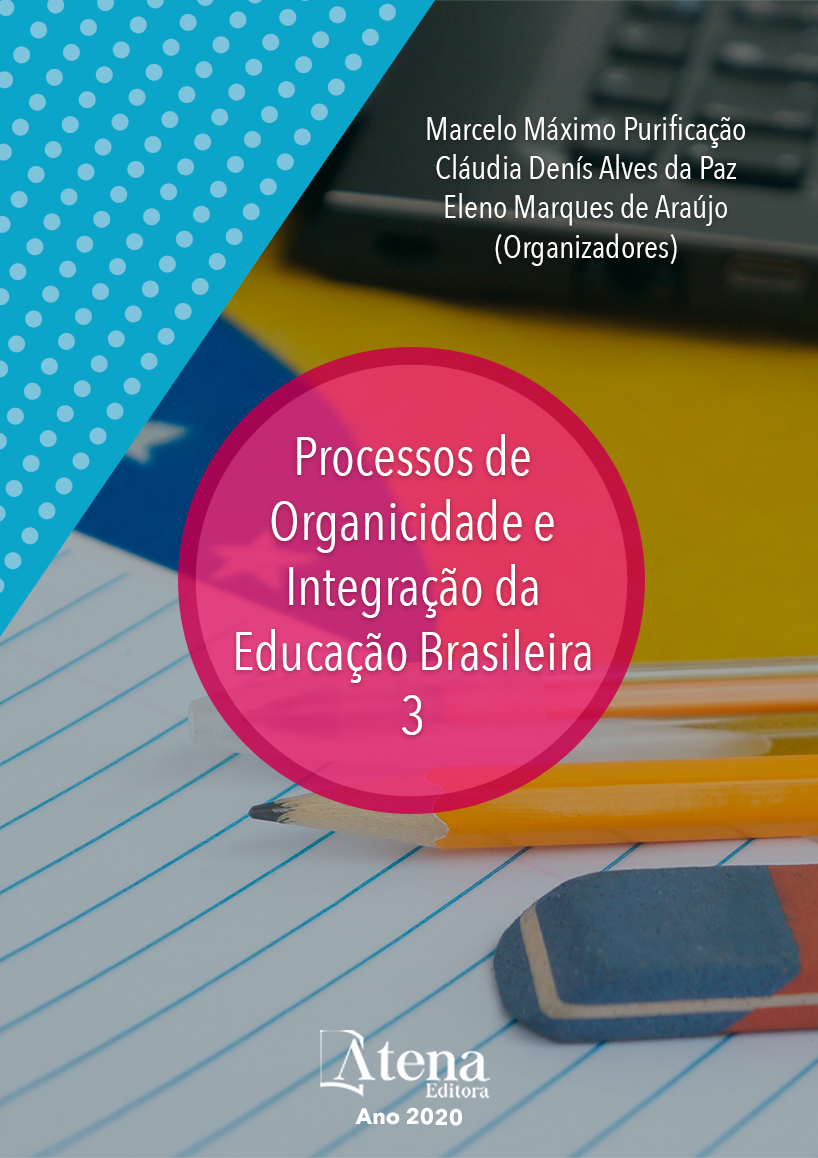
O USO DE APLICATIVOS EDUCACIONAIS NO ENSINO INCLUSIVO DE QUÍMICA
É sabido que há muito pouco de material alternativos específicos aos alunos com TEA, buscando ajudar aos docentes de Licenciatura em Química, com metodologias alternativas no ensino para trabalhar com alunos que tem Transtorno do Espectro Autista (TEA), com o conteúdo da Tabela Periódica, foi usado recursos tecnológicos para melhor entendimento através de dois aplicativos digitais: Quiz da Tabela Periódica e o Nome Teste da Tabela Periódica. No entanto, tal metodologia foi utilizada para as turmas em que os alunos TEA pertencem, assim não foi necessário diferenciar as atividades aplicadas de ensino, trabalhando a inclusão, facilitando e diversificando a forma de ensinar. Nesta via aplicou-se dois questionários, como instrumento de coleta de dados. Questionário, diagnose, destinou-se para todos os alunos, entre as 2 turmas na qual encontrava os alunos com TEA. No que se refere a coleta de dados foram mesurados com diagnose qualitativa e quantitativa. Os resultados obtidos demonstraram o quanto a metodologia foi abrangente em ambas as turmas, o aproveitamento observou-se que em torna do 90% foi absorvido o conteúdo pelos alunos com TEA e toda a turma, revelando uma ótima alternativa o uso destes aplicativos ao ensino de química.
O USO DE APLICATIVOS EDUCACIONAIS NO ENSINO INCLUSIVO DE QUÍMICA
-
DOI: 10.22533/at.ed.5032029062
-
Palavras-chave: Ludicidade, Ensino de Química, TEA.
-
Keywords: Playfulness, Chemistry Teaching, TEA
-
Abstract:
It is known that there is very little alternative material specific to students with ASD, seeking to help teachers with a BSc in Chemistry, with alternative methodologies in teaching to work with students who have Autistic Spectrum Disorder (ASD), with the content of the Periodic Table, technological resources were used for better understanding through two digital applications: Quiz of the Periodic Table and the Name Test of the Periodic Table. However, this methodology was used for the classes in which TEA students belong, so it was not necessary to differentiate the applied teaching activities, working on inclusion, facilitating and diversifying the way of teaching. In this way, two questionnaires were applied as a data collection instrument. Questionnaire, diagnosis, was intended for all students, among the 2 classes in which I met students with ASD. With regard to data collection, they were measured with qualitative and quantitative diagnosis. The results obtained demonstrated how comprehensive the methodology was in both classes, the use of which was observed that around 90% of the content was absorbed by students with ASD and the whole class, revealing a great alternative to the use of these applications for teaching chemistry.
-
Número de páginas: 14
- Marcos Antonio Feitosa de Souza
- Roberlúcia Araújo Candeia
- Shamya Cristina de Lima Gomes dos Anjos


